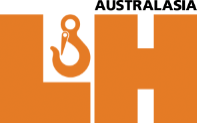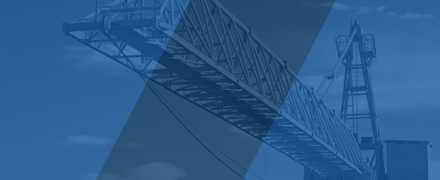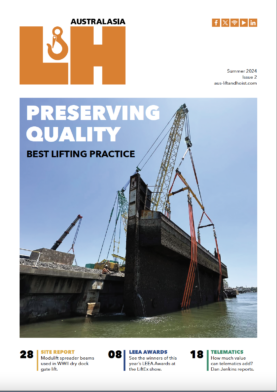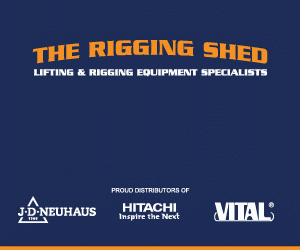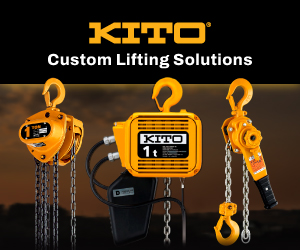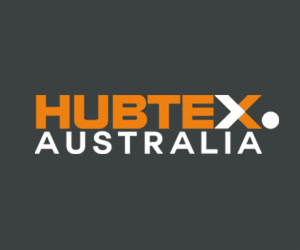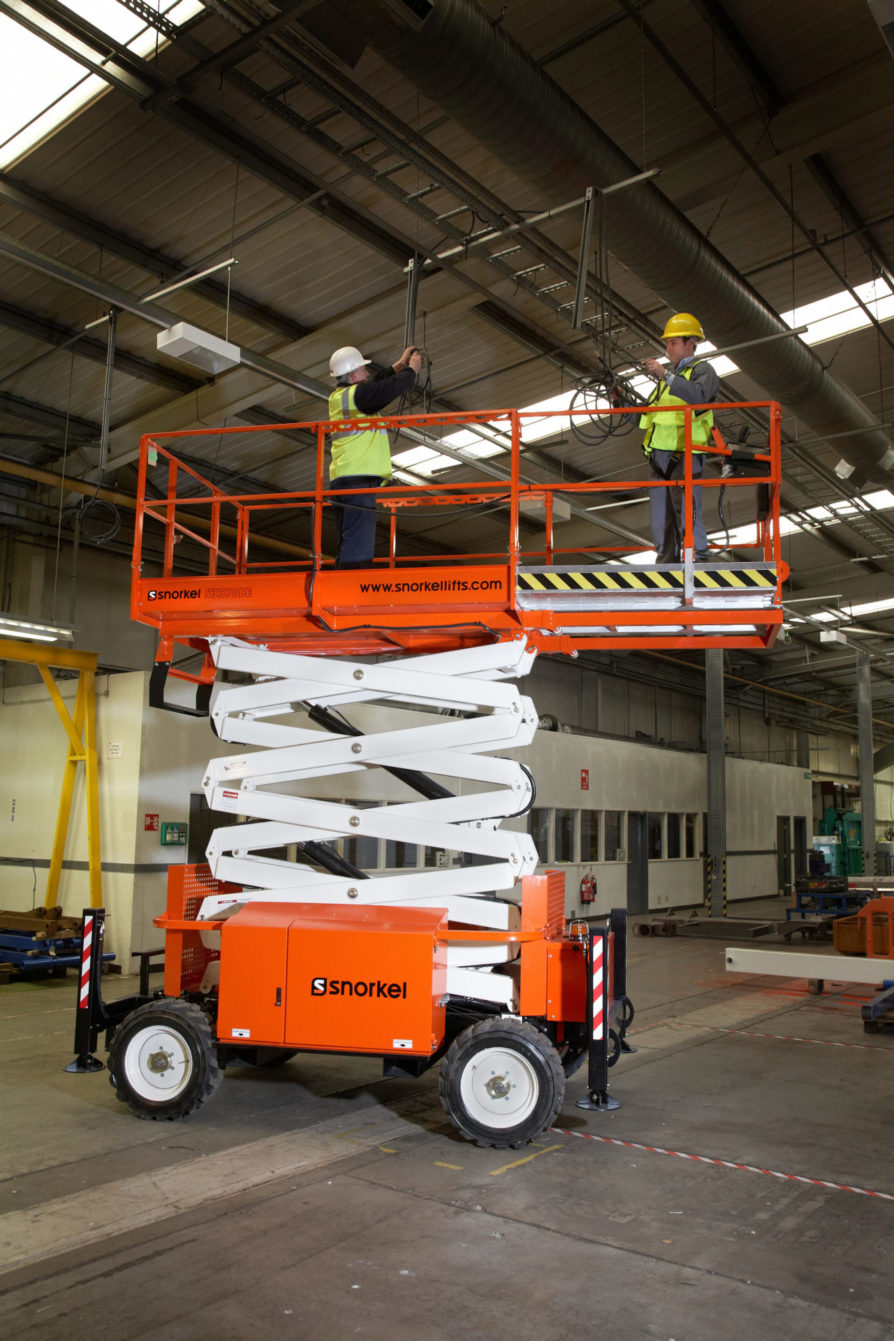)
Time to switch to electric?
With lithium-ion batteries offering an array of new possibilities for EWPs, there has never been a better time to look at all-electric and hybrid drive trains. Dan Jenkins reports.
The Asia-Pacific region is typically not as strict as Europe when it comes to emissions from equipment like MEWPs. This means that the market for electric mid-sized machines has been slower to develop – but there is still significant demand for hybrids and bi-energy machines.
UK manufacturer Niftylift was one of the first to offer hybrid towable and self-propelled booms in this region, through Nifty Australia. John King, Director of Nifty Australia, which is based in Tomago in New South Wales, said: “We have been selling hybrid and electric lifts in Australia for more than 12 years.
“It took a while to develop the market for hybrid booms, but it is getting better and better all the time. The hybrid market will carry on growing and get stronger and stronger. The market for all-electric booms is going to grow, but it will need a bit more time to mature.
“Uptake of small and medium-sized electric machines is good, certainly for the Nifty HR12, HR17 and HR21 – they are our best sellers in this category. There is still scope to grow the market for medium to large EWPs, but what we are seeing is demand for hybrids here. Our rental clients – and in turn their customers – want booms that they can use indoors and outdoors. It is like a little swiss army knife; they can use it in a lot of different locations.”
Another example is the growing interest in Snorkel’s narrow rough terrain scissors, which have evolved from diesel to bi-energy, which means the user can switch between electric drive and a diesel power train.
Matthew Elvin, CEO of Snorkel, said: “In Australasia, the Snorkel S2255RT and S2755RT narrow rough terrain scissor lifts are popular diesel-powered models, due to their unique narrow width of just 1.45m, and low weight which enables them to be towed on a tandem trailer.
“Both of these models are available as the Snorkel S2255BE and S2755BE with a bi-energy power source, which enables the operator to switch from diesel power to electric power for maximum versatility to work indoors or outdoors on the same job. These units will also soon be available as the S2255RTE and S2755RTE with lithium-ion battery power, for quiet and zero emission operation, yet delivering the same powerful 4-wheel drive performance and rough terrain capabilities.
The lifts reach working heights of 8.5m and 10.1m respectively and feature four-wheel drive and auto-level outriggers as standard.
Transport benefits
Nifty has a strong range of lightweight booms, which bring added benefits over and above the flexibility which comes with hybrid drive. “With lower weight they can put our booms on a tilt tray instead of having to use a truck with a float trailer,” added King, who has run Nifty Australia for the past 20 years. “This is a big advantage for us as a lot of similar-sized booms from other manufacturers have to go on a float.
“This means that, with our hybrids, there is a saving on transport costs, as well as the versatility of being able to use them indoors and outdoors. And of course, they can be used in applications where only a lower weight boom can go.”
Lithium’s time
Lithium-Ion batteries offer new possibilities for working at height. Recent research from Skyjack found that batteries were the biggest cost to owners of a slab scissor when calculated over the machine’s life span. Lithium is a much more robust technology, enabling opportune ‘top-up’ charges and also fast charging where the infrastructure is in place.
Launched at CONEXPO last year, JLG’ss 19ft lithium powered A1932 Da Vinci scissor is a great example. Its top travel speed is twice that of a standard scissor lift and the lithium battery charges 3.5x faster, helping to further improve productivity. Each wheel is controlled independently for reduced tyre wear and to limit damage to sensitive flooring.
The single lithium-ion battery is expected to last at least 10 years, meaning that owners should never have to replace a battery during the machine’s lifespan. Furthermore, it is the first scissor lift of its kind to recover energy while the platform is being lowered. This delivers up to a 70 per cent decrease in power consumption, meaning a longer interval between charges.
Another benefit is that lithium works extremely well in direct drive systems, which eliminates the need for hydraulics on EWPs, further reducing maintenance and service costs. This also means there is zero risk of a hydraulic fluid leakage, making direct drive ideal for a host of industrial or clean room applications such as data centres, pharmaceutical factories and food production or handling.
The downside to lithium is its cost. While it has come down dramatically in the past decade, from over USD 900 per kilowatt-hour in 2011 to around USD 137 per kWh in 2020, it is still an expensive technology. However, JLG believes that it can still deliver a lower total cost of ownership (TCO) than a conventional scissor powered by lead batteries.
Jan-Willem van Wier, Senior Product Marketing Manager of booms, scissor and vertical lifts at JLG, said: “Customers have told us that the DaVinci offers a better reduced TCO – in terms of maintenance requirements: replacement batteries, hydraulic oil, for example, are not needed. They also offer a higher resale value, because of the lithium-ion battery, and reduced wear and tear.”
Reservations remain
Some OEMs and rental companies still have reservations about switching to all-electric lithium machines. One other industry insider, who asked not to be named, said that markets such as Australia are light years behind in terms of investing in this new wave of all-electric EWPs.
“Culturally, Australia isn’t yet interested in all-electric machines and there are several reasons for this,” he said. “Mining and fossil fuels are a huge part of Australia’s economy, and also the distances between towns and cities are often much bigger than in Europe, which obviously impacts product support for new technologies. On the other hand, we already have a really well-established infrastructure for the supply of diesel.”
He also thinks that the price and performance of larger all-electric machines is not yet on a par with their diesel counterparts. “It would be a much easier sell if the machines’ performance didn’t differ,” he added. “Ultimately, rental companies will not pay through the nose for a product with poorer performance.
“Sales of hybrids are going quite well because they have a similar ticket price to the diesel equivalents. I therefore think the price of lithium still has to come down a way before it can become mainstream. There also needs to be much more widespread electrical infrastructure to support fast charging, or it is a hypothetical benefit rather than a real one.
“In this instance there is a clear parallel between the electric vehicle market and the electric EWP market – you need the charging infrastructure in place in order to make it a success. It doesn’t feel at the moment like there is anyone with the clout or the will to make that necessary investment and put in that level of infrastructure.”
However, the rise of all-electric, lithium-powered EWPs appears inevitable. The cost of lithium batteries are set to drop even further, with the battery industry forecasting prices to fall from USD 137 per kWh in 2020 to as low as USD 58 by 2030. Some manufacturers are getting to grips with the technology now, in order to be well positioned when demand eventually soars.
Latest models
Snorkel has made a clear strategic decision to be a first mover in terms of using lithium to create all-electric mid-sized booms and scissors.
Matthew Elvin, Snorkel CEO said: “Snorkel has taken a leadership role in developing a line of lithium-ion battery powered mobile elevating work platforms and telehandlers, which offer a zero-emission alternative to diesel powered equipment.
“The range of nine lithium-ion battery powered Snorkel lifts, includes five narrow and compact rough terrain scissor lifts, two Speed Level sigma lifts, and a compact rough terrain telehandler, with a mid-size articulated boom lift coming later this year.”
The latest all-electric lift from Nifty Australia is the HeightRider 12 Low-Weight (HR12L), an all-electric boom with a 12.1m maximum working height and a weight of 2,540kg. This means it can be transported on a trailer rather than requiring a truck, making it more convenient and cost-effective to move from site to site.
Nifty believes that the reticence of some OEMs to offer hybrid and electric booms is creating first mover opportunities for pioneering rental companies who want to push green technologies now. “We have supplied a lot of our HR12L machines to one particular rental company that is really cornering the market,” added King.
The company says that the HR12L’s highly efficient battery and electric drive systems means that it can work for twice as long before needing a recharge as other similar electric booms. A lithium battery version is also available, which increases the machine’s weight by 200kg, but offers all the advantages of lithium over lead, such as opportune charging and rapid charging.
The HR12L also incorporates Niftylift’s ToughCage basket and SiOPS overhead protection. ToughCage provides a composite base and beefed-up steel rails to improve impact resistance and operator safety. SiOPs instantly stops all machine movement if the operator is pushed onto the controls, for example, when being crushed against an overhead object.
“Covid obviously affected everyone, and it affected the launch of the HR12L – but the time is right for us to really push this product now,” said King. “We are getting out on the road to demonstrate its unique capabilities to rental companies.”
Market drivers
Chinese manufacturer Sinoboom says that emissions are an increasingly important factor in its customers’ buying decisions. A company spokesman said: “At present, with the upgrading of global and domestic emissions polices and increasing attention to environmental protection, all equipment rental companies and end users are considering environmentally friendly factors when choosing equipment.
“Energy saving and emissions reduction are global, and irreversible, trends. Therefore, electric and hybrid products are the inevitable future. This alone confirms that electric and hybrid products have great market prospects.”
The company’s most popular products are its mid-sized booms and electric rough terrain scissors. “The 14- to 18-meter articulating boom lift models, and electric rough-terrain scissor lifts are the mainstream products in this market,” added a spokesman. “The equipment is versatile and covers most of the application scenarios.”
Snorkel sees legislation as the key driver for market growth. Matthew Elvin, CEO of Snorkel, said: “Globally, the adoption of lithium electric equipment is most prominent in markets with greater emissions and environmental regulations.”
This is a view echoed by Nifty Australia’s director, John King, who believes that Australia is closer to North America in terms of market drivers than it is to Europe. “In Europe, the growth in demand for hybrid and electric booms has largely been driven by national and city legislation,” he said. “We don’t yet have cities with the type of stringent emissions and environmental legislation that you see in London, for example – but I truly believe that it will happen here eventually.”
King, who owns a Nissan Leaf electric car, said state and federal legislation will ultimately drive take-up of all-electric booms in applications currently dominated by diesels and hybrids. “The electric car is a good example,” he said. “In nations like the UK, there are a lot of benefits to having an electric company car and you have a pretty good charging infrastructure. In Australia those incentives aren’t quite there yet. The same is true of incentivising the switch to fully electric booms, whether that incentive is a carrot or a stick.”
New opportunities
While the debate rages on about whether lithium’s time has come as a mainstream technology, the sheer flexibility of bi-energy and hybrid EWPs continues to make them ideal machines for industrial applications. Along with traditional industries, the huge growth in areas such as data centres means that demand is only going to go one way.
There also are clear first-mover opportunities for those rental companies who start incorporating lithium technology now, as without a doubt it represents the future of cleaner, more efficient working at height.
